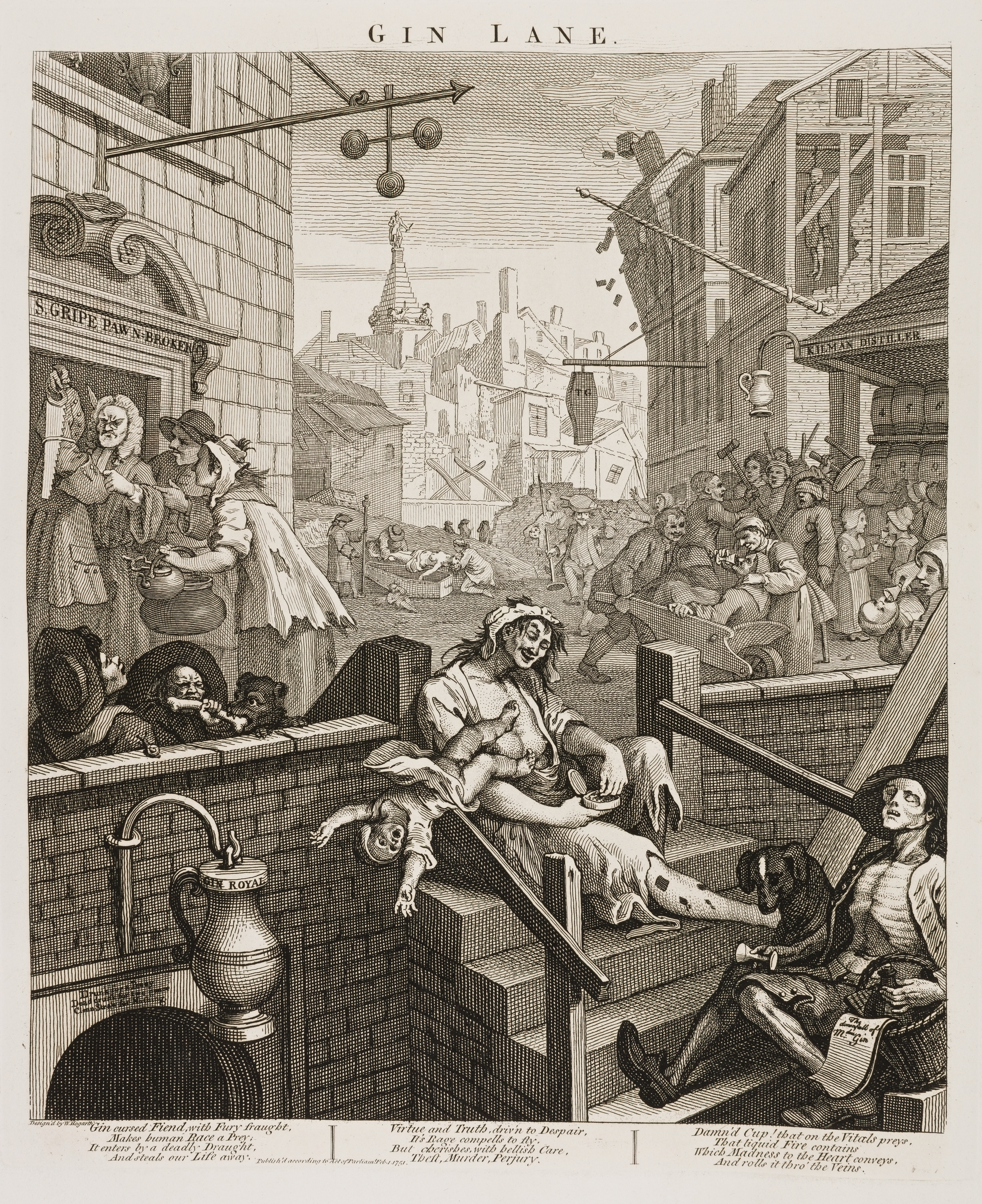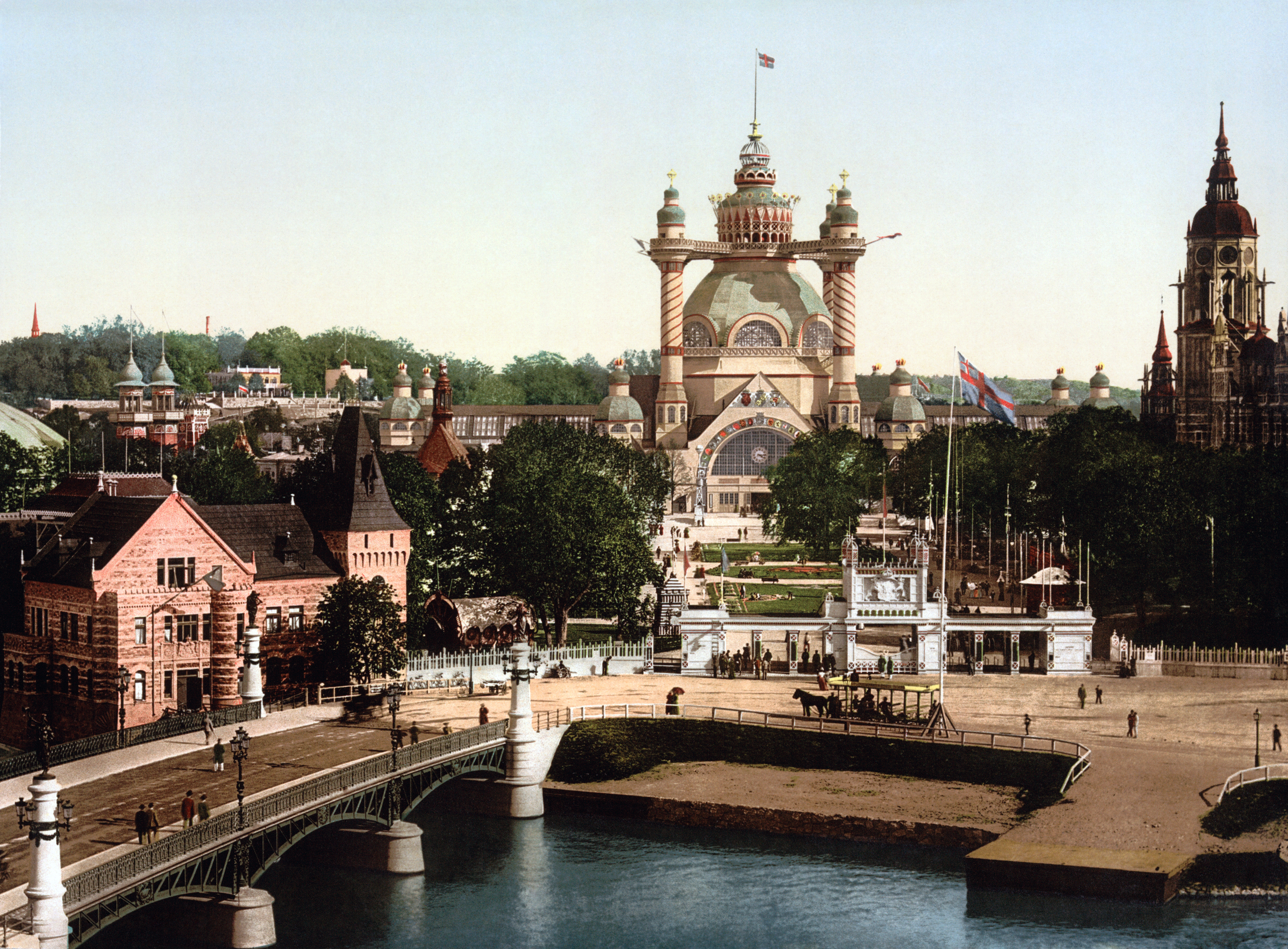|
Fiskartorpet
Fiskartorpet is a recreational area north of Stockholm, Sweden. It is situated in the Djurgården area. It features a small hotel, a small conference center, and a number of restaurants. Sporting facilities include an ice hockey rink, a soccer field, and a K-47 ski jump. History King Charles XI of Sweden had a fishing cottage at Fiskartorpet during the 17th century, and the cottage still stands at its original location. The first ski jump at the site was built in the 1890s. In 1904, an even larger hill with towers was inaugurated after drawings by architect Gustaf Wickman (1858-1916). The first wooden structure of the tower was replaced in the 1930s. It had been designed by Gustaf Birch-Lindgren (1892-1969). It is one of the locations for ''Fredman's Epistles'', a collection of songs by Sweden's bard, Carl Michael Bellman. It is the setting for one of Carl Michael Bellman's most famous songs, ''Fredman's Epistle ''Fredmans epistlar'' (English: ''Fredman's Epistles'') is a ... [...More Info...] [...Related Items...] OR: [Wikipedia] [Google] [Baidu] |
Fredman's Epistle
''Fredmans epistlar'' (English: ''Fredman's Epistles'') is a collection of 82 poems set to music by Carl Michael Bellman, a major figure in Swedish 18th century song. Though first published in 1790, it was created over a period of twenty years from 1768 onwards. A companion volume, ''Fredmans sånger'' (Fredman's Songs) was published the following year. The Epistles vary widely in style and effect, from Rococo-themed pastorale with a cast of gods and demigods from classical antiquity to laments for the effects of Brännvin-drinking, tavern-scenes, and apparent improvisations. The lyrics, based on the lives of Bellman's contemporaries in Gustavian-age Sweden, describe a gallery of fictional and semi-fictional characters and events in Stockholm. Jean Fredman, an alcoholic former watchmaker, is the central character and fictional narrator. The "soliloquy" of Epistle 23, a description of Fredman lying drunk in the gutter and then recovering in the Crawl-In Tavern, was described b ... [...More Info...] [...Related Items...] OR: [Wikipedia] [Google] [Baidu] |
Fredman's Epistles
''Fredmans epistlar'' (English: ''Fredman's Epistles'') is a collection of 82 poems set to music by Carl Michael Bellman, a major figure in Swedish 18th century song. Though first published in 1790, it was created over a period of twenty years from 1768 onwards. A companion volume, ''Fredmans sånger'' (Fredman's Songs) was published the following year. The Epistles vary widely in style and effect, from Rococo-themed pastorale with a cast of gods and demigods from classical antiquity to laments for the effects of Brännvin-drinking, tavern-scenes, and apparent improvisations. The lyrics, based on the lives of Bellman's contemporaries in Gustavian-age Sweden, describe a gallery of fictional and semi-fictional characters and events in Stockholm. Jean Fredman, an alcoholic former watchmaker, is the central character and fictional narrator. The "soliloquy" of Epistle 23, a description of Fredman lying drunk in the gutter and then recovering in the Crawl-In Tavern, was described b ... [...More Info...] [...Related Items...] OR: [Wikipedia] [Google] [Baidu] |
Ulla Min Ulla 1903
Ulla is a given name. It is short for Ursula in German-speaking countries and Ulrika/ Ulrikke in Scandinavian countries. As of 31 December 2011, there were 61,043 females named Ulla in Sweden, with the name being most popular during the 1930s and 40s, and as of 7 June 2010, there were 25,959 females named Ulla in Finland, most born between 1940 and 1979. People Pre-20th century * Ulla (Talmudist) (3rd-4th centuries AD), a rabbi mentioned in the Talmud * Ulla Adlerfelt (1736–1765), Swedish painter and noble, member of the Royal Swedish Academy of Arts * Ulla von Höpken (1749–1810), Swedish lady-in-waiting, leading socialite and noble * Ulrika Pasch (1735–1796), Swedish painter and miniaturist also known as Ulla Pasch * Johanna Ulrica Ulla Stenberg (1792–1858), Swedish damask maker * Ulla Tessin (1711–1768), Swedish lady-in-waiting, letter writer, dilettante artist and countess, relative of Ulla von Höpken Modern period * Ulla Andersson (born 1946), Swedish form ... [...More Info...] [...Related Items...] OR: [Wikipedia] [Google] [Baidu] |
Stockholm
Stockholm () is the Capital city, capital and List of urban areas in Sweden by population, largest city of Sweden as well as the List of urban areas in the Nordic countries, largest urban area in Scandinavia. Approximately 980,000 people live in the Stockholm Municipality, municipality, with 1.6 million in the Stockholm urban area, urban area, and 2.4 million in the Metropolitan Stockholm, metropolitan area. The city stretches across fourteen islands where Mälaren, Lake Mälaren flows into the Baltic Sea. Outside the city to the east, and along the coast, is the island chain of the Stockholm archipelago. The area has been settled since the Stone Age, in the 6th millennium BC, and was founded as a city in 1252 by Swedish statesman Birger Jarl. It is also the county seat of Stockholm County. For several hundred years, Stockholm was the capital of Finland as well (), which then was a part of Sweden. The population of the municipality of Stockholm is expected to reach o ... [...More Info...] [...Related Items...] OR: [Wikipedia] [Google] [Baidu] |
Sweden
Sweden, formally the Kingdom of Sweden,The United Nations Group of Experts on Geographical Names states that the country's formal name is the Kingdom of SwedenUNGEGN World Geographical Names, Sweden./ref> is a Nordic country located on the Scandinavian Peninsula in Northern Europe. It borders Norway to the west and north, Finland to the east, and is connected to Denmark in the southwest by a bridgetunnel across the Öresund. At , Sweden is the largest Nordic country, the third-largest country in the European Union, and the fifth-largest country in Europe. The capital and largest city is Stockholm. Sweden has a total population of 10.5 million, and a low population density of , with around 87% of Swedes residing in urban areas in the central and southern half of the country. Sweden has a nature dominated by forests and a large amount of lakes, including some of the largest in Europe. Many long rivers run from the Scandes range through the landscape, primarily ... [...More Info...] [...Related Items...] OR: [Wikipedia] [Google] [Baidu] |
Djurgården
Djurgården ( or ) or, more officially, ''Kungliga Djurgården'' (), is an island in central Stockholm, Sweden. Djurgården is home to historical buildings and monuments, museums, galleries, the amusement park Gröna Lund, the open-air museum Skansen, the small residential area ''Djurgårdsstaden'', yacht harbours, and extensive stretches of forest and meadows. It is one of the Stockholmers' favorite recreation areas and tourist destinations alike, attracting over 10 million visitors per year, of which some 5 million come to visit the museums and amusement park. The island belongs to the National City park founded in 1995. Since the 15th century the Swedish monarch has owned or held the right of disposition of Royal Djurgården. Today, this right is exercised by the Royal Djurgården Administration which is a part of the Royal Court of Sweden. A larger area of the city, separated from Djurgården proper by Djurgårdsbrunnsviken is Norra Djurgården (''Northern Djurgården''), ... [...More Info...] [...Related Items...] OR: [Wikipedia] [Google] [Baidu] |
Ski Jump
Ski jumping is a winter sport in which competitors aim to achieve the farthest jump after sliding down on their skis from a specially designed curved ramp. Along with jump length, competitor's aerial style and other factors also affect the final score. Ski jumping was first contested in Norway in the late 19th century, and later spread through Europe and North America in the early 20th century. Along with cross-country skiing, it constitutes the traditional group of Nordic skiing disciplines. The ski jumping venue, commonly referred to as a ''hill'', consists of the jumping ramp (''in-run''), take-off table, and a landing hill. Each jump is evaluated according to the distance traveled and the style performed. The distance score is related to the construction point (also known as the ''K-point''), which is a line drawn in the landing area and serves as a "target" for the competitors to reach. The score of each judge evaluating the style can reach a maximum of 20 points. The j ... [...More Info...] [...Related Items...] OR: [Wikipedia] [Google] [Baidu] |
Charles XI Of Sweden
Charles XI or Carl ( sv, Karl XI; ) was King of Sweden from 1660 until his death, in a period of Swedish history known as the Swedish Empire (1611–1721). He was the only son of King Charles X Gustav of Sweden and Hedwig Eleonora of Holstein-Gottorp. His father died when he was four years old, so Charles was educated by his governors until his coronation at the age of seventeen. Soon afterward, he was forced out on military expeditions to secure the recently acquired dominions from Danish troops in the Scanian War. Having successfully fought off the Danes, he returned to Stockholm and engaged in correcting the country's neglected political, financial, and economic situation. He managed to sustain peace during the remaining 20 years of his reign. Changes in finance, commerce, national maritime and land armaments, judicial procedure, church government, and education emerged during this period. Charles XI was succeeded by his only son Charles XII, who made use of the well-tra ... [...More Info...] [...Related Items...] OR: [Wikipedia] [Google] [Baidu] |
Gustaf Wickman
Gustav, Gustaf or Gustave may refer to: *Gustav (name), a male given name of Old Swedish origin Art, entertainment, and media * ''Primeval'' (film), a 2007 American horror film * ''Gustav'' (film series), a Hungarian series of animated short cartoons * Gustav (''Zoids''), a transportation mecha in the ''Zoids'' fictional universe *Gustav, a character in ''Sesamstraße'' *Monsieur Gustav H., a leading character in ''The Grand Budapest Hotel'' Weapons *Carl Gustav recoilless rifle, dubbed "the Gustav" by US soldiers *Schwerer Gustav, 800-mm German siege cannon used during World War II Other uses *Gustav (pigeon), a pigeon of the RAF pigeon service in WWII *Gustave (crocodile), a large male Nile crocodile in Burundi *Gustave, South Dakota *Hurricane Gustav (other), a name used for several tropical cyclones and storms *Gustav, a streetwear clothing brand See also *Gustav of Sweden (other) *Gustav Adolf (other) *Gustave Eiffel (other) * * *Gustavo ... [...More Info...] [...Related Items...] OR: [Wikipedia] [Google] [Baidu] |
Gustaf Birch-Lindgren
Gustaf Birch-Lindgren (1 October 1892 – 6 September 1969) was a Swedish architect. His work was part of the architecture event in the art competition at the 1932 Summer Olympics The 1932 Summer Olympics (officially the Games of the X Olympiad and also known as Los Angeles 1932) were an international multi-sport event held from July 30 to August 14, 1932 in Los Angeles, California, United States. The Games were held duri .... References 1892 births 1969 deaths 20th-century Swedish architects Olympic competitors in art competitions Artists from Stockholm {{Sweden-architect-stub ... [...More Info...] [...Related Items...] OR: [Wikipedia] [Google] [Baidu] |
Carl Michael Bellman
Carl Michael Bellman (; 4 February 1740 – 11 February 1795) was a Swedish songwriter, composer, musician, poet and entertainer. He is a central figure in the Swedish song tradition and remains a powerful influence in Swedish music, as well as in Scandinavian literature, to this day. He has been compared to Shakespeare, Beethoven, Mozart, and Hogarth, but his gift, using elegantly rococo classical references in comic contrast to sordid drinking and prostitution—at once regretted and celebrated in song—is unique. Bellman is best known for two collections of poems set to music, ''Fredman's epistles'' (''Fredmans epistlar'') and '' Fredman's songs'' (''Fredmans sånger''). Each consists of about 70 songs. The general theme is drinking, but the songs "most ingeniously" combine words and music to express feelings and moods ranging from humorous to elegiac, romantic to satirical. Bellman's patrons included King Gustav III of Sweden, who called him a master improviser. Bellma ... [...More Info...] [...Related Items...] OR: [Wikipedia] [Google] [Baidu] |





.jpg)
_en2.png)
